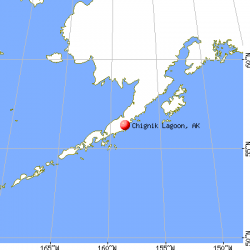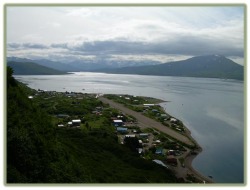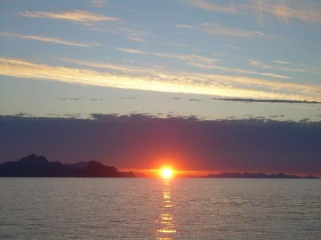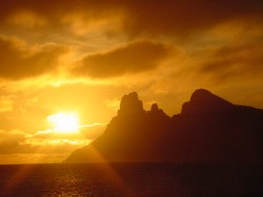Welcome to the Village of Chignik Lagoon!
|
Click here to see all the events happening this month!
The next regular Council meeting will be on
June 27th, 2025 at 1:30pm Click here for more information Please visit the Community News page for information on how to join the meeting through teleconference! UTILITIES UPDATE:
There has been an update to the Service Disconnect form and the Service Agreement for Chignik Lagoon Utilities! There is also a letter addressing some policy changes that should be of interest to summer residents! Please take a look at these forms on the Village Forms/Plan Page. |
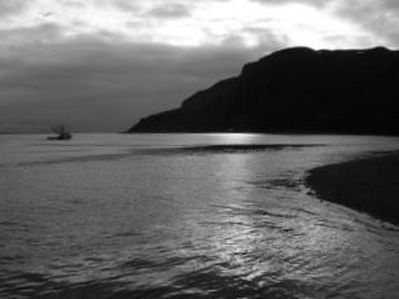
|
Chignik Lagoon Village Council Mission: To provide quality services that will contribute and enhance the health and well-being of the community and its members. In addition to representing the village in all its endeavors and to advocate for the collective good of the people of Chignik Lagoon, promoting self-determination and self-sufficiency with the added interest of preserving the unique cultural and subsistence lifestyle.
If you have any questions, comments, or concerns please click here and fill out the form on the bottom of the page.
|
Check out the What's New page for local news. Also view the calendar for upcoming events.
|
NOAA Weather
|
U.S Census Bureau 2010 |
